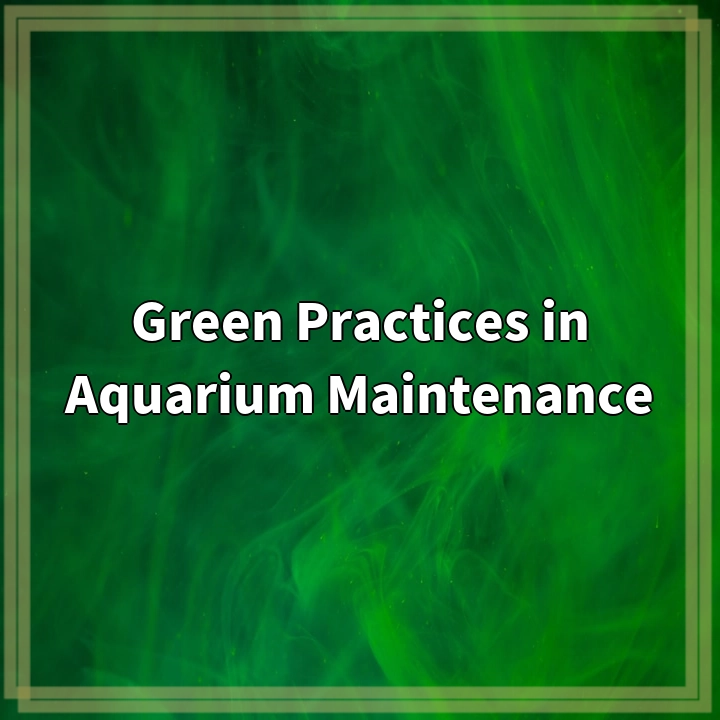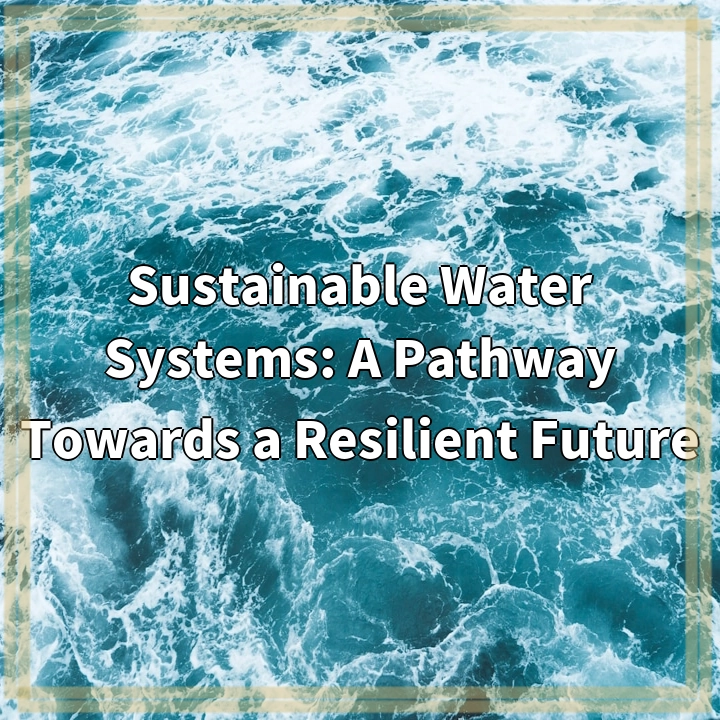
What it is:
Green Practices in Aquarium Maintenance
Aquariums provide a fascinating glimpse into the underwater world, allowing us to enjoy the beauty and tranquility of aquatic life. However, aquarium maintenance often involves harmful practices that can negatively impact the environment. Green practices in aquarium maintenance aim to minimize these impacts and promote sustainability. By implementing eco-friendly techniques, aquarium enthusiasts can foster a healthier aquatic ecosystem and reduce their carbon footprint.
Real-world problems:
1. Water Pollution
Traditional aquarium maintenance methods can contribute to water pollution. Chemical additives, such as excessive amounts of conditioners, fertilizers, or medications, can leach into the water, affecting the pH balance and introducing harmful substances to the aquatic environment. Additionally, overfeeding the fish can lead to excess nutrients, causing water pollution and promoting the growth of algae.
2. Energy Consumption
Aquariums require energy to power filtration systems, lighting, and heating equipment. Inefficient or outdated equipment can consume excessive amounts of energy, contributing to greenhouse gas emissions and increasing the environmental impact of aquarium maintenance. As energy consumption is a significant concern, adopting energy-efficient equipment and making conscious choices, such as using LED lighting, can greatly reduce the carbon footprint of aquariums.
3. Waste Generation
Aquarium maintenance generates various forms of waste that can harm the environment if not properly managed. Uneaten food, fish waste, and excess chemicals and filters end up as waste, potentially entering local water bodies and causing ecological damage. By practicing responsible waste management, such as proper filtration, regular water changes, and recycling filters and packaging, aquarists can minimize the negative impact of waste generation.
4. Unsustainable Fishing
The demand for popular aquarium fish can lead to unsustainable fishing practices, especially in delicate ecosystems like coral reefs. Irresponsible harvesting methods, such as using cyanide or dynamite, can devastate coral reefs and threaten the survival of various fish and invertebrate species. Supporting sustainable aquarium trade practices and purchasing captive-bred or captive-raised specimens can help reduce the pressure on fragile marine habitats.
5. Lack of Education and Awareness
One of the significant challenges in aquarium maintenance is the lack of education and awareness regarding environmentally friendly practices. Many aquarium enthusiasts may not be aware of the potential environmental impacts of their actions or the availability of sustainable alternatives. Promoting education, as well as sharing knowledge and resources through online platforms, community events, and aquarium clubs, can play a vital role in building a more informed and environmentally conscious community.

Solutions:
1. Water Pollution
To minimize water pollution in aquariums, it is essential to follow these green practices:
Proper Dosing:
Use the recommended amount of conditioners, fertilizers, and medications to prevent excessive leaching into the water.
Regular Water Testing:
Monitor water parameters regularly to ensure the correct pH balance and address any issues promptly.
Feeding in Moderation:
Feed your fish in controlled amounts to reduce leftover food and nutrient buildup, which can lead to algae growth.
2. Energy Consumption
To reduce energy consumption in aquariums, consider implementing the following eco-friendly measures:
Energy-Efficient Equipment:
Upgrade to energy-efficient filters, pumps, and lighting systems, such as LED lights, which consume less power and last longer.
Timers and Automation:
Use timers to regulate lighting and filtration schedules, ensuring they operate only when necessary and conserving energy.
Proper Insulation:
Insulate the aquarium and its surroundings to improve heat retention, reducing the need for excessive heating or cooling.
3. Waste Management
Implement these waste management practices to minimize the impact of aquarium maintenance:
Effective Filtration:
Use efficient filtration systems to remove excess waste and maintain water quality.
Regular Water Changes:
Perform routine water changes to remove accumulated pollutants and maintain a healthy aquatic environment.
Recycling and Reusing:
Recycle filters and packaging materials whenever possible, reducing waste sent to landfills.
4. Sustainable Fishing
Support sustainable fishing practices in aquariums by considering the following:
Captive-Bred Specimens:
Choose fish and invertebrates that have been bred in captivity to reduce pressure on wild populations.
Research and Verify:
Ensure the fish you purchase are ethically sourced and are not collected using harmful methods.
Contribute to Conservation:
Support organizations working to protect and restore marine habitats through donations or volunteering.
5. Education and Awareness
Boost education and awareness for environmentally friendly aquarium practices by taking these steps:
Online Resources:
Share informative articles, blogs, and videos about sustainable aquarium practices.
Community Engagement:
Participate in local aquarium clubs or organizations to exchange knowledge and encourage eco-friendly practices.
Educational Outreach:
Organize workshops, seminars, or webinars to educate fellow aquarists and the broader community about green aquarium maintenance.















